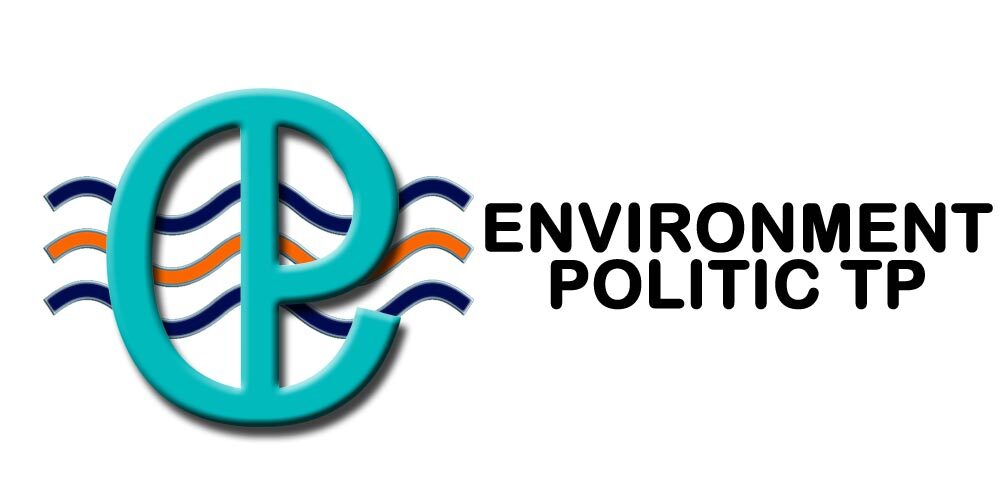
Before we dive into the examples, let’s briefly recap what incremental costs are. Incremental costs, also known as marginal costs, represent the additional expenses incurred when a company makes a specific decision or takes a particular action. These costs are directly related to the change being considered and are contrasted with sunk costs, which are already incurred and cannot be recovered. In summary, incremental cost incremental cost empowers us to make informed choices, optimize resource allocation, and navigate complex decision landscapes.

Harnessing the Power of Incremental Cost for Effective Decision Making
For example, taking on a new client may require extra hours from staff members, potentially leading to overtime wages or the need to hire additional personnel. The incremental cost is a key concept in business planning and budgeting decisions as it helps management to understand how much more money must be invested in production when demand increases. If the LRIC increases, it means a company will likely raise product prices to cover the costs; the opposite is also true. Forecast LRIC is evident on the income statement where revenues, cost of goods sold, and operational expenses will be affected, which impacts the overall long-term profitability of the company. Simultaneously, the incremental benefit includes increased user satisfaction, potential new customers, and competitive advantage. If no excess capacity is present, additional expenses to consider include investment in new fixed assets, overtime labor costs, and the opportunity cost of lost sales.

Applications of Incremental Cost in Decision Making
- It helps in identifying the additional expenses incurred when producing or offering more units of a product or service.
- Incremental costs are also referred to as the differential costs and they may be the relevant costs for certain short run decisions involving two alternatives.
- From the perspective of a financial analyst, incremental costs are crucial for conducting break-even analysis and forecasting future expenses.
- Unlike fixed costs, which remain constant regardless of output, variable costs increase or decrease based on the number of units produced.
- For example, if a factory reaches capacity, renting additional space or purchasing new machinery may be necessary.
Add up all the production and direct labor costs involved with your base volume. Include material, labor, transportation, etc. required to sustain the base case output. One aspect that companies must be aware of is the potential for cost assumptions to be wrong. Every effort must be made to make correct cost estimates so that the choice of an opportunity that a business ultimately makes doesn’t affect the company negatively. Also called marginal analysis, the relevant cost approach, or differential analysis, incremental analysis disregards any sunk cost (past cost). Incremental analysis is a decision-making tool used in business to determine the true cost difference between alternative business opportunities.
Incremental Cost: Definition, How To Calculate, And Examples
These costs are not fixed and can vary depending on the volume of additional activity. Incremental costs, also known as differential or marginal costs, are the additional costs a business incurs when increasing production or expanding its operations. These costs are vital for decision-making, especially when a company is considering scaling up its activities or introducing new product lines. Unlike fixed costs, which remain constant regardless of the level of output, incremental costs vary with the level of production and can significantly influence the average cost per unit. From the perspective of a manufacturer, the incremental cost includes the expenses of raw materials, additional labor, and the usage of machinery specific to the production of the extra unit. However, it does not encompass fixed costs such as rent or salaries of permanent staff, which remain constant regardless of the production volume.

Additional Resources
If the long-run predicted cost of the raw materials is expected to rise, then electric vehicle prices will likely be higher in the future. The attempt to calculate and accurately predict such costs assist a company in making future investment decisions that can increase revenue and reduce costs. Long-run incremental cost (LRIC) is a forward-looking cost concept that predicts likely changes in relevant costs in the long run.
- Combining it with other decision tools (such as sensitivity analysis or scenario planning) can lead to more robust and informed choices.
- Incremental costs play a pivotal role in this process, as they represent the additional costs incurred when a business decides to increase production or introduce a new product line.
- Businesses use full cost analysis for pricing strategies and financial reporting.
- Identifying such costs is very important for companies as it helps them decide whether the additional cost is in their best interest.
- By carefully analyzing incremental costs, businesses can make informed decisions about scaling up production and optimizing their cost structures for better financial outcomes.
- The reason why there’s a lower incremental cost per unit is due to certain costs, such as fixed costs remaining constant.
Under the Fair Labor Standards Act (FLSA), non-exempt employees must be paid 1.5 times their regular hourly wage for overtime, significantly increasing expenses. They are always composed of variable costs, which are the costs that fluctuate with production volume. Marketing strategists use incremental cost analysis to assess the viability of promotional campaigns. If the incremental cost of acquiring a customer through a new marketing channel is less than the lifetime value of that customer, the strategy is considered successful.

Limitations and Considerations of Incremental Cost Analysis
Perhaps the most common example would be where a factory’s workforce is working to full capacity. Adding just one more unit to output would either require paying QuickBooks overtime or spending money on recruiting new staff. In this situation, the incremental cost is higher than the existing average cost and thus drives the average cost upwards. The incremental cost includes the additional hours programmers spend on development, the cost of testing the feature, and marketing expenses. If the feature attracts enough new users to cover these costs and generate profit, it’s a worthwhile investment. Incremental cost is choice-based; hence, it only includes forward-looking costs.
- They seek to minimize waste and reduce variable costs, which can lead to economies of scale.
- By comparing these incremental costs with the anticipated benefits of improved efficiency and productivity, they can make an informed decision about the feasibility of the upgrade.
- It allows businesses to assess the impact of a specific action or decision on their overall costs and profitability.
- The incremental cost of producing one additional cake includes the cost of ingredients, the energy used to bake the cake, and the labor involved in decoration.
- In this case, each additional unit costs $50 ($500 divided by 100 units), making it easier for ABC Manufacturing to evaluate the profitability of the promotional campaign.
Importance of Incremental Cost

Incorporating incremental cost in business strategies offers several Grocery Store Accounting benefits, including improved decision-making, cost optimization, resource allocation, risk assessment, and enhanced profitability. By considering the incremental cost, businesses can make informed choices and maximize their financial outcomes. The term incremental cost refers to the cost that the business incurs for producing an extra unit. Deciding where to allocate financial resources requires evaluating expected returns, risk exposure, and long-term strategic alignment. Discounted cash flow (DCF) analysis helps quantify the present value of future earnings, ensuring projected returns exceed the cost of capital.
